Drone Swarm Farming Is On Its Way
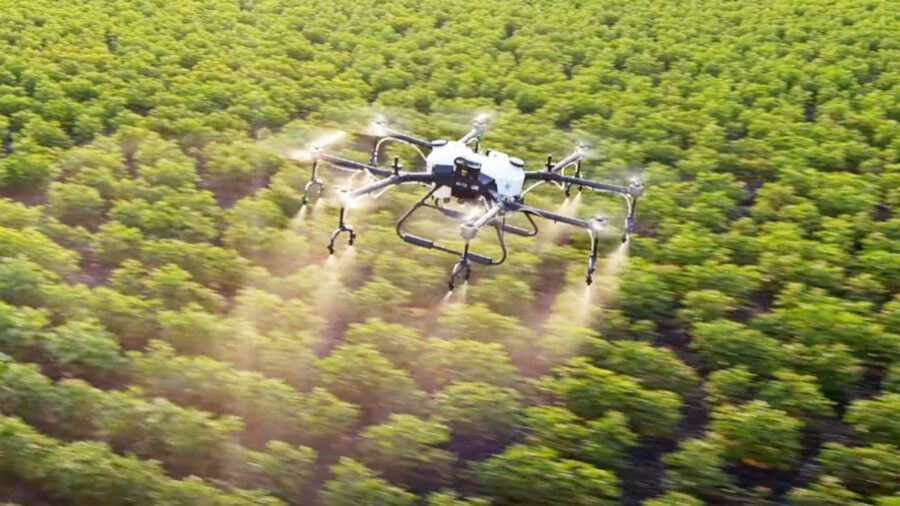
Drones have proven themselves to be valuable in aerial photography, light shoes, and on the battlefield. Now, they’re entering a new sector — farming. The integration of technology in agriculture, including drone farming, represents a significant leap toward sustainable and efficient farming practices. This new generation of farming not only enhances crop management and yield but also propels the agricultural sector into the future with smarter, more environmentally conscious methodologies.
Drone Swarms Cleared By The Feds
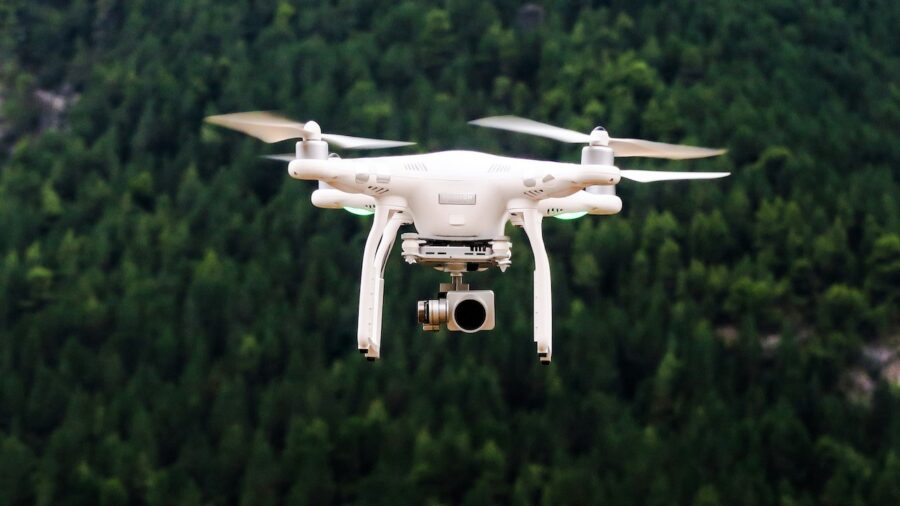
Drone farming represents a shift in the agricultural industry, evolving from traditional means such as tractors and manual labor to a future-driven and high-tech method of farming. This process was made possible by a recent exemption granted by the Federal Aviation Administration (FAA), allowing the use of drone swarms for agricultural purposes.
Reducing Waste And Improving Effeciency

Drone farming essentially involves the use of unmanned aerial vehicles (UAVs), or drones, to perform various farming tasks such as seeding, spraying pesticides, and surveying farmland. These drones are equipped with advanced sensors and imaging capabilities to gather real-time data and monitor crop growth, pest infestation, and irrigation issues. They can also distribute seeds and spray pesticides in a precise and controlled manner, thus reducing waste and increasing crop yield.
Massive Drones Working As A Team
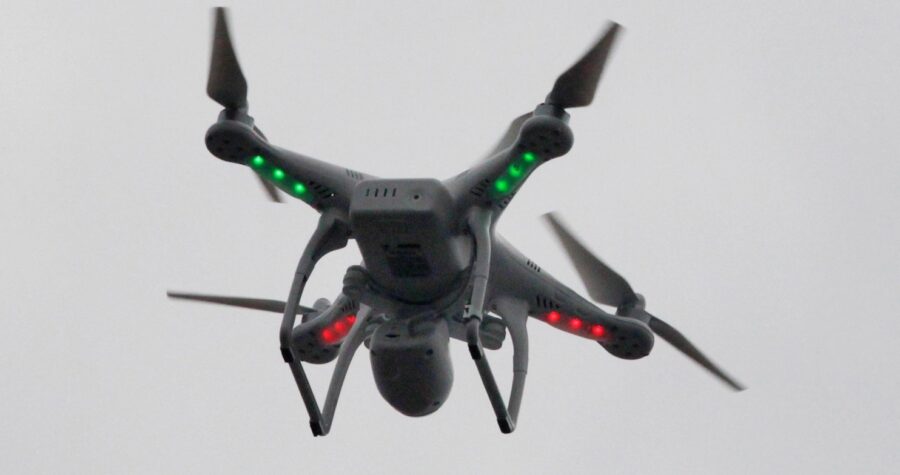
A notable advent in drone farming was the FAA’s exemption grant to Hylio, a Texas-based drone manufacturer, which allowed drone fleets weighing 55 pounds or more to fly together. This was a groundbreaking decision as it was the first time the FAA had allowed such a heavy drone payload in US airspace for agricultural purposes. The exemption has accelerated the adoption of drone farming, making it a feasible and competitive alternative to traditional farming methods using tractors and seeding rigs.
Cheaper Than A Tractor
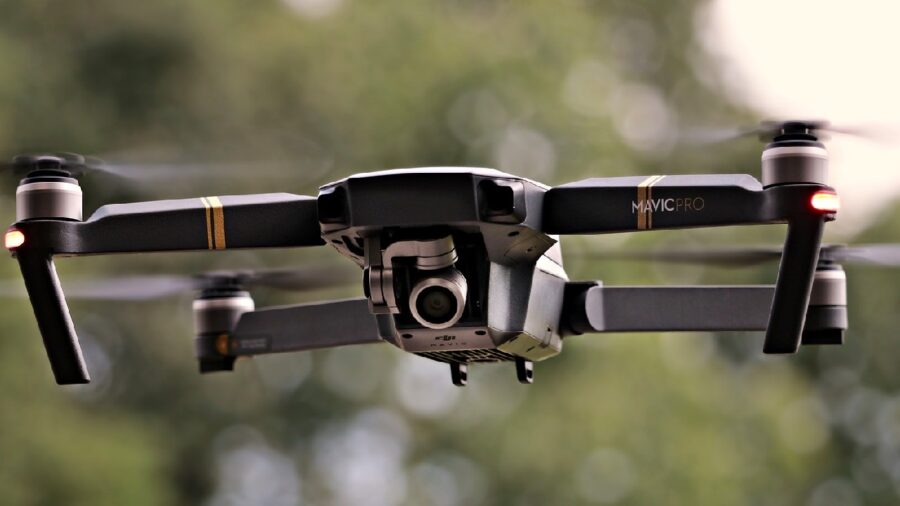
Drone farming offers several benefits over traditional farming methods, such as significantly reducing the capital and operational costs associated with farming. For example, a drone fleet costs substantially less than a single tractor, which not only saves money upfront but also reduces operating costs in the long run. In addition, drones cause less ground compaction compared to tractors and use a fraction of the water and fuel, thus making them a more environmentally friendly option.
Moreover, drone farming enhances productivity and efficiency. Previously, a single drone required a pilot and a spotter, and due to weight limitations, it took significantly longer to cover large fields. However, with the FAA exemption, a two-person team can now operate up to three drones at once in a swarm, tripling the coverage area and nearly matching the speed of a conventional tractor.
The Future Of Farming
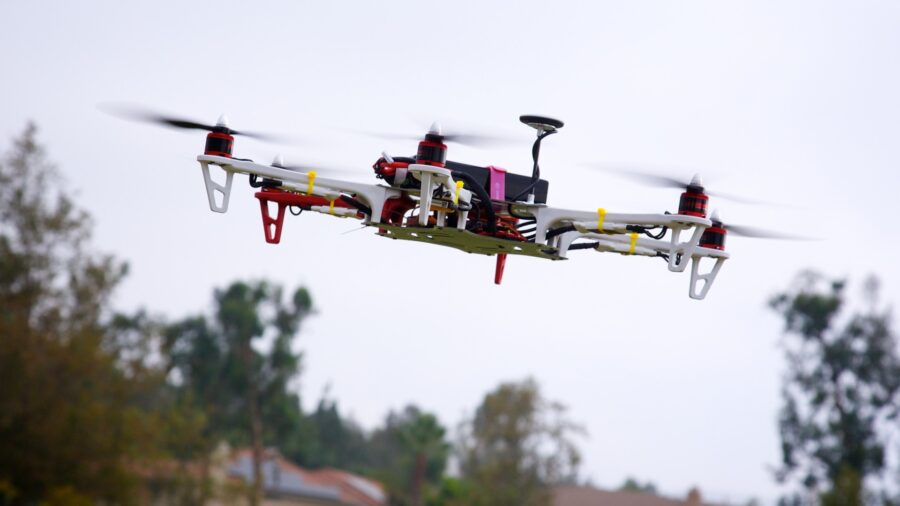
The future of drone farming looks promising. With technological advancements, the capabilities of drones are expected to expand. Apart from the current uses in spraying and seeding farmland, drones are also envisaged to be used in reforestation efforts, aquatic farming, and even disaster management.
With FAA approval setting a precedent for drone use in agriculture, the future of drone farming is set to revolutionize agricultural practices and transform the industry in the years to come. Next time you see something flying over farmlands, keep in mind: It’s probably not a teenage Clark Kent; it’s just drones hard at work.












